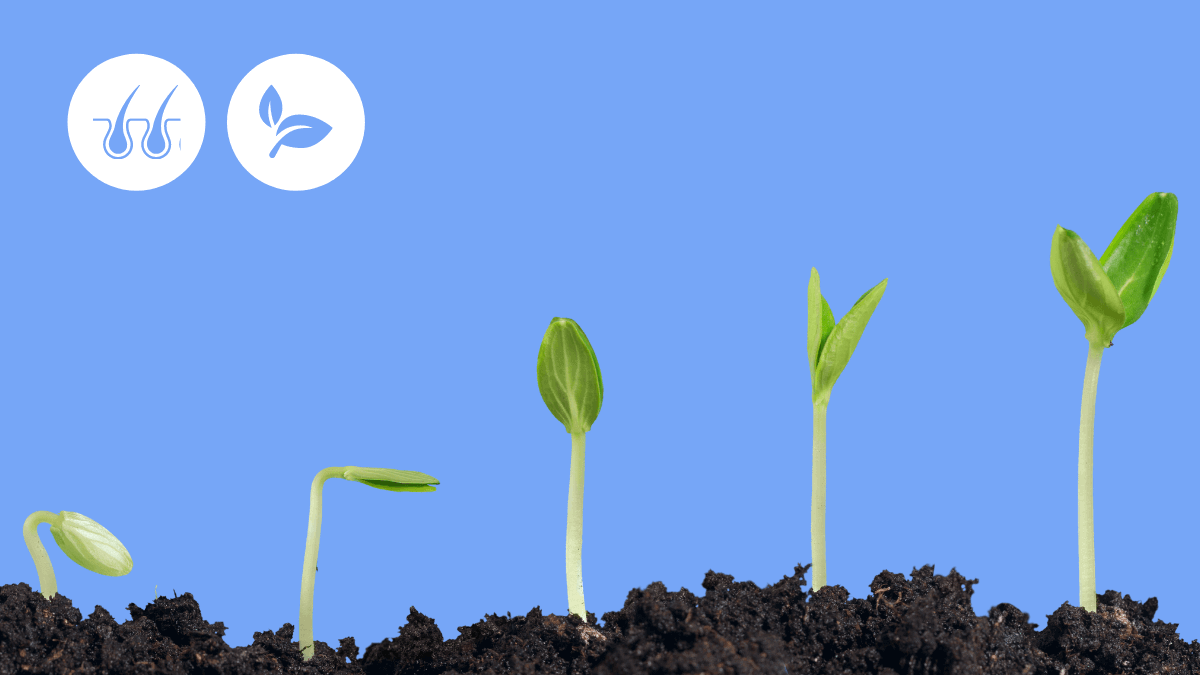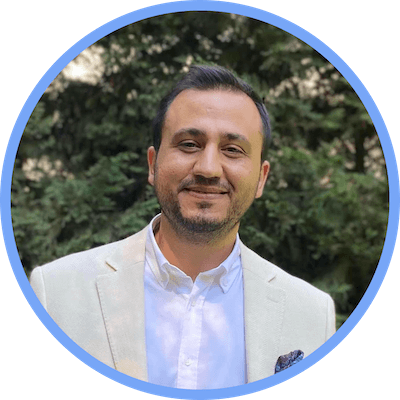TL;DR
➡ Hair regrowth is a method that relies on hair follicles. If your balding did not entirely erase your hair follicles, then regrowing lost hair is possible.
➡ For hair growth, there are many natural or medical treatments. Combining them, such as using a proper Mediterranean diet with FDA-approved oral Finasteride, will yield better results.
➡ As every patient’s body is unique, consulting your doctor is the key. For example, if your medical condition prohibits you from using Finasteride, you can consider home remedies such as massage or avocado oil.
Losing hair can be frustrating.
You might realize that your hair is much thinner than before looking at a mirror one day, and things might go downhill from there.
You see, the change in appearance is only the tip of the iceberg.
Studies also found out that hair loss can harm your mental health, hurting your self-image and confidence and resulting in a low quality of life overall.
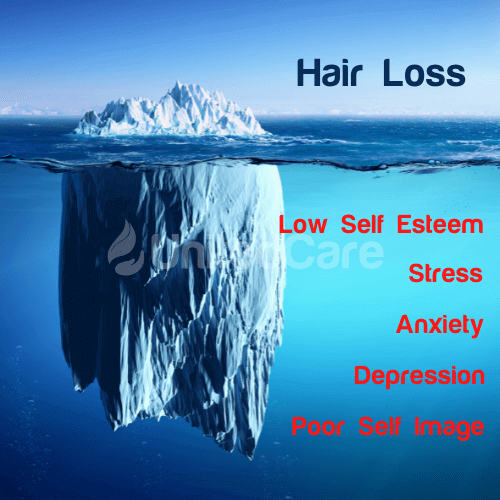
From my years of experience as a dermatologist, I also can confirm that countless hair loss patients are directly affected by these effects.
So let’s change that.
I assure you, except for some extreme cases, there’s always a way to get back to your natural hair.
Similarly, there are many different ways to stop hair loss.
In this article containing various options from natural methods to surgeries, I’ve compiled 34 different methods you can use to try to regain lost hair and treat male pattern baldness:
Table of Contents
Let’s start with natural remedies first:
Natural Ways to Regrow Hair 🌿
As always, natural should be your first choice.
Here are the natural ways that are known to promote healthy hair growth:
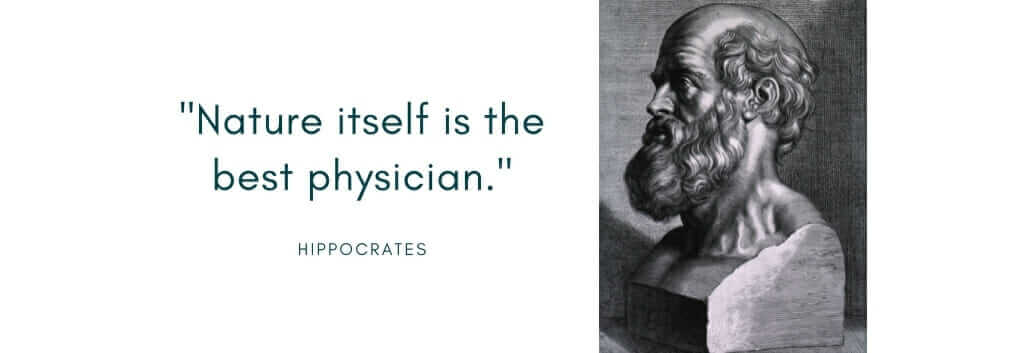
1 – Scalp Massages
Scalp massage is one of the most popular and proven methods to stimulate hair regrowth.
It dilates blood vessels and promotes blood circulation in the scalp, which ensures optimal nourishment of hair follicles. This makes it a lot more likely for you to achieve hair growth.
In addition, scalp massage simulates and stretches hair follicles to produce thicker and stronger hair.
You can massage your scalp by using a massage brush, a loofah, or simply using your hands. It should be done a little more gently than massages done to other body parts like the neck, back, or legs.
Make sure you have thoroughly washed your hair, and then apply gentle pressure with fingertips on the scalp for 5-10 minutes per day.
It is shown that 4 minutes of standardized scalp massage per day for 24 weeks using a scalp massage device increases hair thickness by 10% in Japanese men.
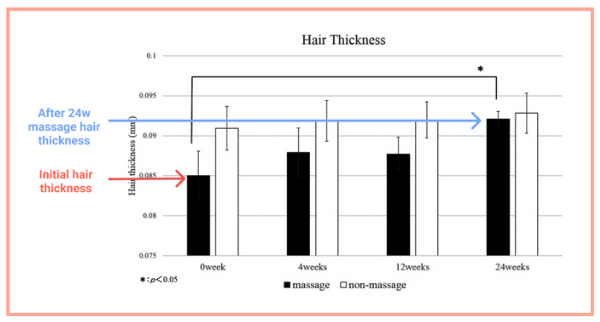
According to another research, 69% of 340 participants doing a twice-daily scalp massage of 11-20 minutes with mean adherence for 6 months reported hair loss stabilization or regrowth.
Thus, their ongoing alopecia has improved/come to an end with a consistent scalp massage.
2 – Stress-Free Life
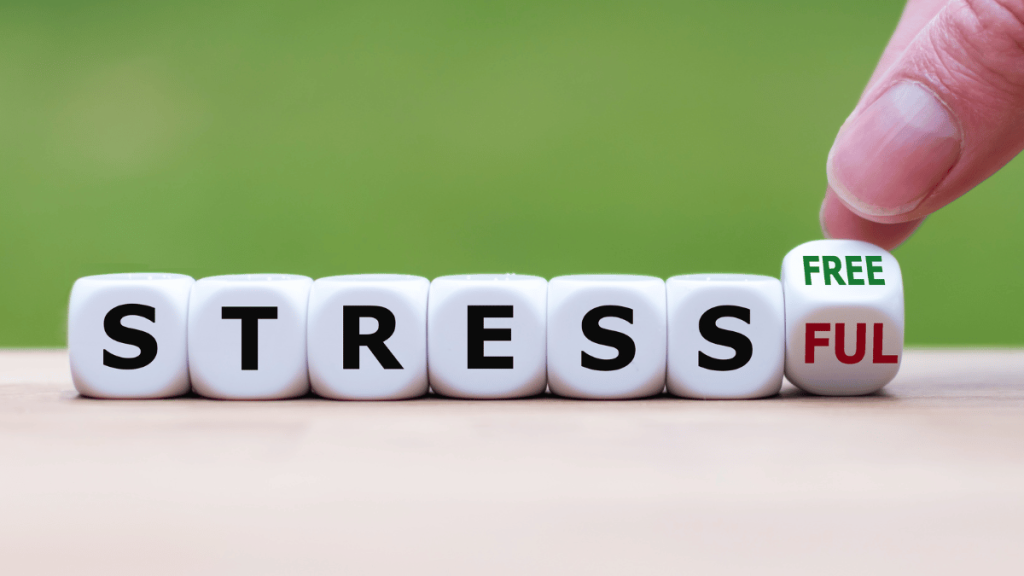
Researchers have found that there is a direct correlation between hair loss and stress levels, which is why it deserves a spot on this list early.
One of the most common stress-related hair loss types is Alopecia Areata, which results in patchy bald spots on the head.
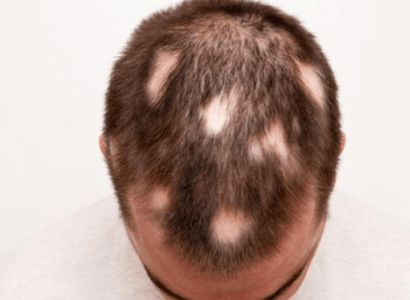
Make sure you’re reducing stress in your life to enable your body to function correctly, stop losing hair, and eventually promote hair regrowth.
Here are some simple methods to relieve the stress:
🟢 Exercise: Putting physical stress reduces mental stress.
🟢 Write things down: It helps you remove stress from the mind.
🟢 Spend time / connect with loved ones: It helps your body to release a natural stress reliever: oxytocin.
🟢 Yoga: Yoga enhances the mood. It reduces both mental and physical stress.
🟢 Pet: Playing/spending time with a pet also releases oxytocin.
🟢 Deep breathing practice: Oxygenates your blood and keeps your focus on the present moment, helping you forget.
🟢 Reading a book: Books are new worlds that distract us from our daily stressors.
🟢 Listening to music: Depending on your choices, you can easily become more optimistic about life.
3 – Exercise and Diet
In the 21st century, the eating habits of the average person have dramatically worsened. Also, people started to spend most of their lives in front of a computer, TV, or smartphone.
These two reasons cause the scalp NOT to get enough nutrients and oxygen to grow healthy hair follicles.
Exercise and a proper diet will promote blood flow to the hair follicles, which will ensure that they are getting enough nutrients to firstly survive and secondly grow.
Not only that but exercising regularly also promotes optimal hormonal balance in the body. Hormones play a significant role in encouraging cell regeneration and, thus, hair regrowth.
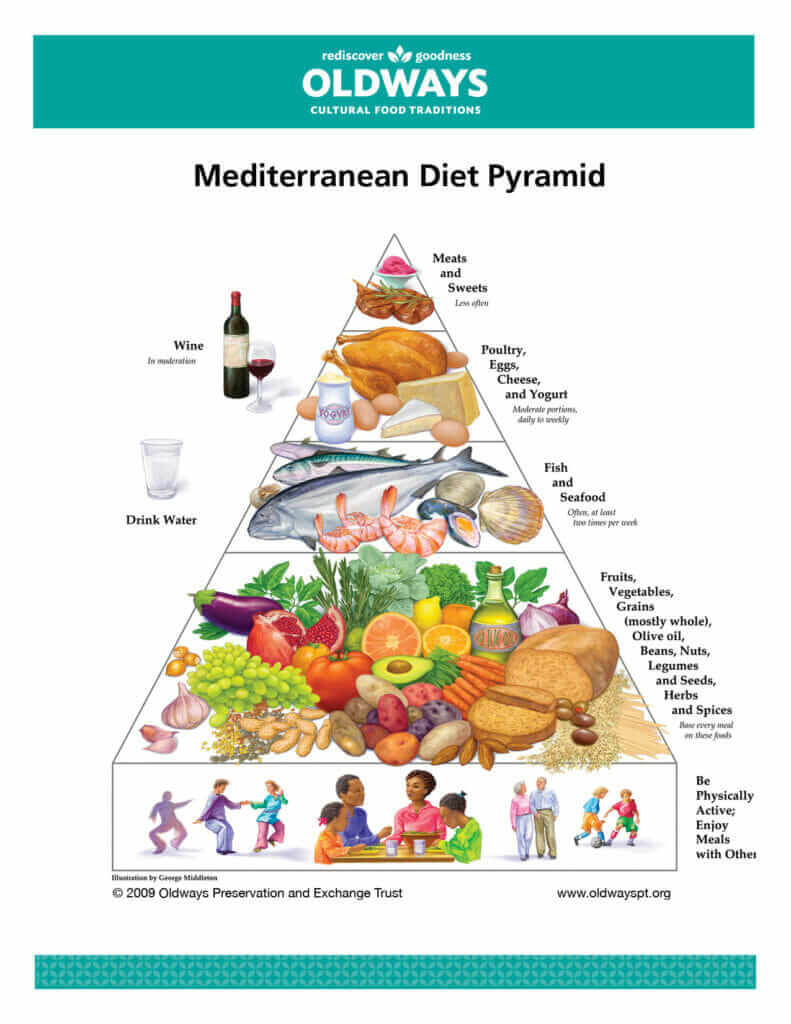
The Mediterranean diet, which consists of raw vegetables and fresh herbs and is rich in phytochemicals, can reduce the risk of AGA (A.ka Androgenetic Alopecia or hereditary hair loss), according to a study. Try to consume raw vegetables and fresh herbs at least 3 times a week, in the form of salads, for example, to see the results of this diet.
4 – Aloe Vera
⚠️ Make sure you don’t have Aloe Vera sensitivity before using.

Aloe Vera contains plenty of minerals, enzymes, amino acids, and vitamins, and as studies suggest, it has a lot of uses in dermatology.
Vitamin B12 and folic acids are known to exist in Aloe Vera, which helps hair to regrow.
It can help fight dandruff and prevent you from having an oily scalp, which is known to obstruct hair growth.
It’s also packed with anti-inflammatory properties that help reduce inflammation in the scalp, which is associated with the loss of hair. Inflammation has been linked to not only alopecia but various other hair problems, too.
You can apply Aloe Vera gel directly on your scalp twice a day for about 10 minutes each time.
However, it should be emphasized that there is no standardized information on its use. Aloe Vera treatment is intended to support existing medical treatments. There is no guarantee that hair loss can be restored only with it, nor that it can completely protect the existing hair.
5 – Ginseng
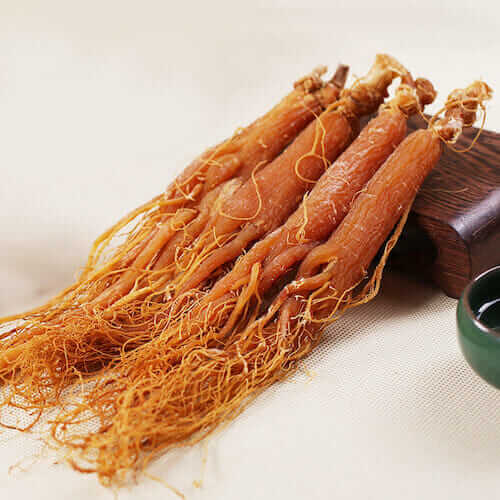
According to the study, there is evidence suggesting that ginseng and its bioactive constituents, such as ginsenosides, boost hair health by adjusting various chemical reactions in which groups of hair molecules work together to control hair growth.
It also enhances the proliferation of dermal papilla, which is responsible for bringing oxygen and natural ingredients to the lower layers of epidermal cells and nourishing hair follicles.
According to the same study, ginseng antiaging specs maintain skin integrity and manage hair-growth cycles.
Red ginseng extract can postpone the catagen phase (in which hair growth slows and hair follicles shrink) and promote hair growth.
It is known that treatments with 5α-reductase inhibitors (e.g., Finasteride) prevent Androgenetic Alopecia. Application of ginseng extract also enhances hair health by the same mechanism, which inhibits the activity of 5α-reductase, turning testosterone into DHT, which shortens the anagen phase of sensitive follicles.
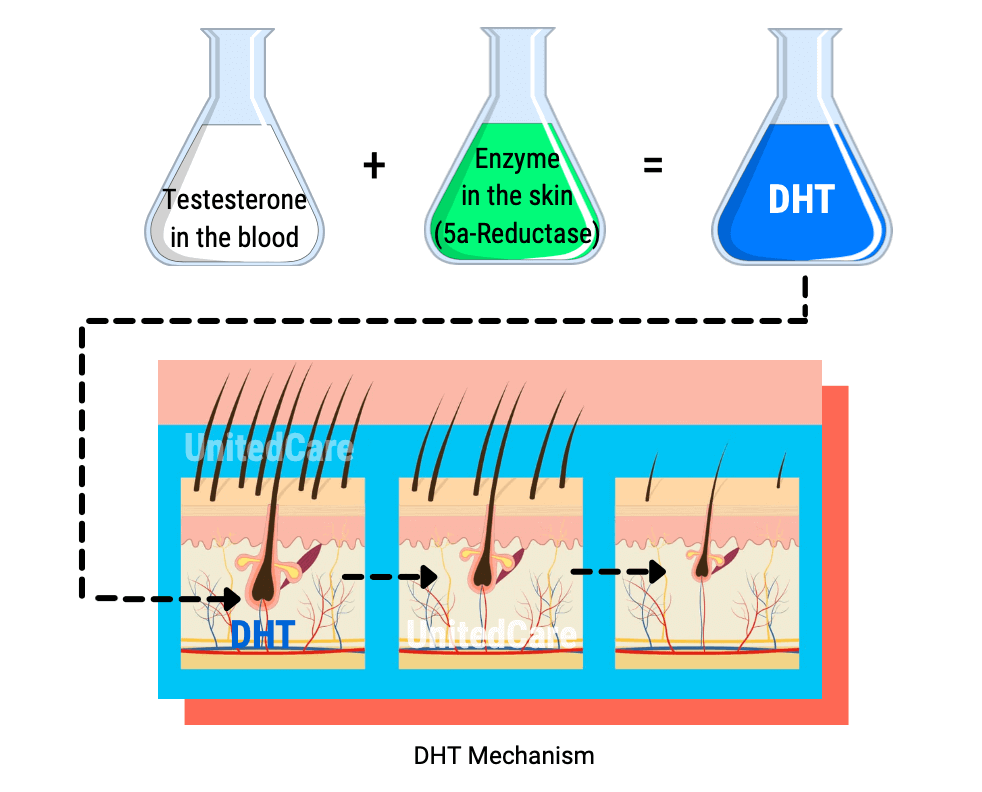
Ginseng also contains anti-inflammatory properties that help reduce inflammation in the scalp, just as Aloe Vera gel does.
Again, you can apply Ginseng oil on your scalp twice a day for about 10 minutes each time for optimal results.
6 – Coconut Oil
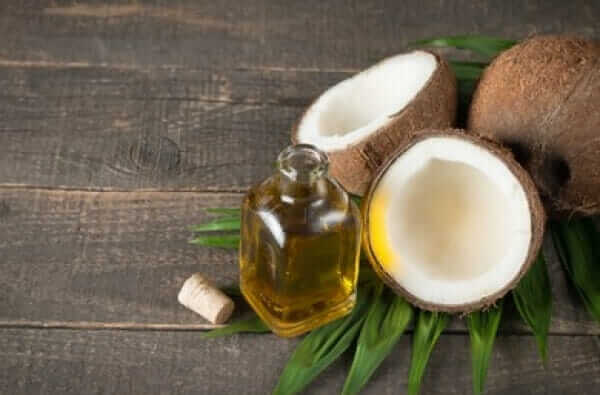
Coconut oil is one of the most efficient treatments for different types of hair loss.
One of the reasons behind its effectiveness is that it contains 50% Lauric Acid, which has been found to be very effective in combating fungi, bacteria, or yeast that can build up on your scalp, thus creating dandruff formation, which leads to hair thinning. Lauric acid also penetrates the hair shaft and reduces keratin loss.
It also acts as a natural antioxidant and protects against free radical damage that causes premature aging and hair loss, as we’ve mentioned in the causes of hair loss article.
Again, you should apply Coconut Oil to your scalp after your hair is washed for optimal results. It will prevent protein loss. (Keep in mind that keratin is also a protein that makes up your hair, skin, and nails.)
7 – Onion Extract
⚠️ Watch out that direct exposure to the onion juice might be irritating to the skin. Only use extracts or products containing extracts.
Onion extract has been used to treat different types of hair loss since ancient times.
Back then, the onion was considered to be a symbol of purity and fertility because it was said to help the wearer build virility.
Onion extract contains amino acids, vitamins, enzymes, sulfur, magnesium, and oxygen. These are all excellent properties when fighting hair loss and for promoting hair growth.
According to a study, onion extract containing shampoo helps in three beneficial ways:
- It Nourishes hair follicles,
- prevents dry hair and moisturizes the scalp,
- and boosts hair growth.
The same study recommends using shampoo containing onion extract and keeping it on the scalp for 5 minutes for best results.
8 – Fatty Acids
Fatty acids such as Omega-3 (found in fish) and Omega-6 (found in most nuts, seeds, and oils like sunflower or canola oil) have been proven to help induce hair growth.
When applied to the scalp, fatty acids form a protective barrier over the skin and also prevent dryness and itchiness of your scalp.
You can apply Fatty Acids directly on your scalp 3-5 times a week for about 10 minutes each time.
However, your body will be able to absorb these nutrients better if you eat them rather than put them on your scalp.
So, you can also directly take fatty acid supplements like daily capsules to make the most of their benefits.
9 – Rosemary (Rosmarinus Officinalis L.) Oil
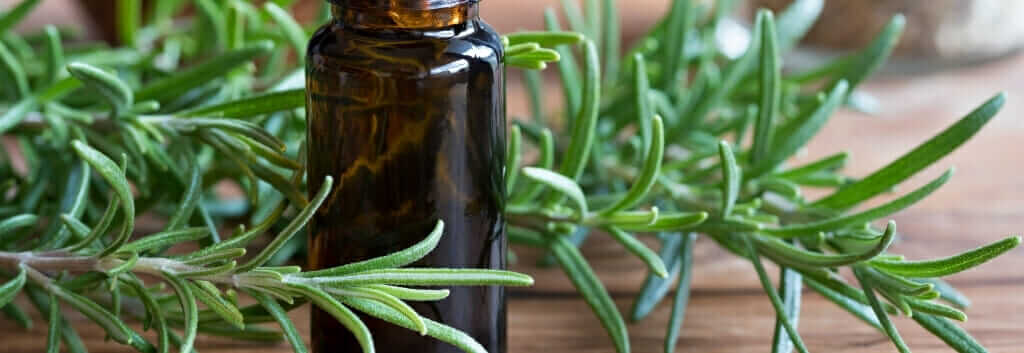
Rosemary oil is a natural stimulant that has been proven to speed up blood circulation, which means your scalp will be getting more oxygen and nutrients.
So, as you may already know, this helps with strengthening the follicles inside your hair roots, thus leading to healthier hair growth.
In addition, Rosemary essential oil is a strong antioxidant and anti-inflammatory.
In the Mediterranean culture, it has been widely used to promote healthy hair growth for centuries, which could be used as evidence of effectiveness.
According to a fascinating study, Rosemary essential oil was found to be as effective as Minoxidil (2%) in hereditary hair loss treatment (Androgenic Alopecia). At the end of 6 months, both groups using Minoxidil and Rosemary oil experienced a significant increase in hair count.
In contrast to Minoxidil, which has side effects such as scalp sensitivity, skin dryness, irritation around the application site, and increased heart rate, it has almost no side effects (of course, if you don’t have allergy or skin sensitivity).
You can apply Rosemary Oil on your scalp 3-4 times a week for about 10 minutes each time after showering.
10 – Geranium Oil
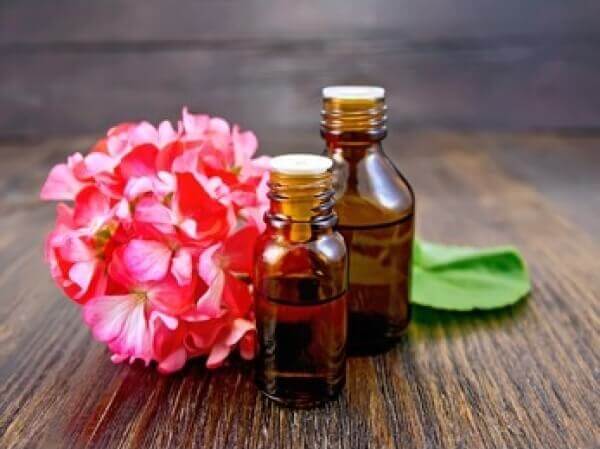
Geranium oil has been applied for treating female and male hair loss and also stimulating the growth of new hair for a while now.
It regulates the amount of sebum and dryness and balances secretions around hair follicles.
The effectiveness of Geranium oil is also supported by research as follows:
“This study confirmed that GSE treatment significantly promoted hair growth. Therefore, we concluded that GSE could enhance hair growth and prevent hair loss.”
You can apply Geranium oil directly on your scalp 3-4 times a week for about 5 minutes each time before washing off with shampoo.
11 – Honey
Honey is mainly used as a natural humectant because it can retain moisture inside the hair.
Honey works perfectly in keeping the right balance of moisture to make sure all ingredients are absorbed deep into your scalp, and it moisturizes it perfectly without leaving residue on top, as some other oils might do.
This moisturizing feature adds a shine to dull hair.
It also promotes the growth of skin cells, according to a 2013 review. Keep in mind that hair/scalp is full of skin cells.
You will need Raw Manuka Honey for this treatment or any other type of raw honey with high antioxidant levels (you can compare by looking at the labels).
Put one tablespoon of honey directly on your scalp and massage gently for about 5 minutes before washing it off.
12 – Avocado Oil
Avocado oil has high levels of vitamins A, D, E, and lecithin, which are essential nutrients for hair regrowth.
It’s also packed with antioxidants, biotin, essential fatty acids, and minerals like iron, magnesium, and phosphorus. Therefore, it can help with your iron deficiency, which is known to reduce hair density.
You can apply half a teaspoon of Avocado oil directly on your scalp 3 times a week before washing it off with shampoo after 10 minutes or so.
Medications and Supplements 💊
If you’re looking for more effective and direct solutions, medications and supplements specifically designed to help with hair loss and hair growth might be what you’re looking for.
Here are some of the medications and supplements that are known to help with hair growth:
13 – Minoxidil/Rogaine
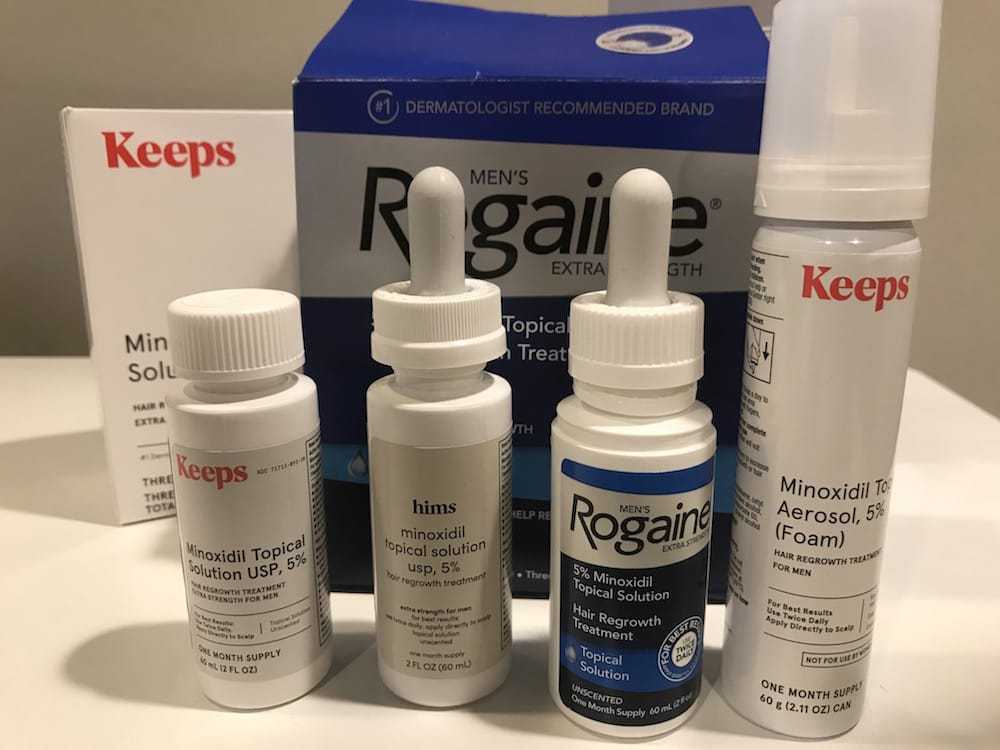
FDA-approved Minoxidil, also known as Rogaine, comes in the form of either a topical liquid that you can apply on your scalp or an oral solution that you can take in order to stimulate hair growth and prevent future hair loss.
Now, the common misconception about this product is that it will make your hair thicker overnight or something similar.
Well, it won’t, so don’t get disappointed when you only see subtle results after weeks of regular use.
Minoxidil takes time to work, and usually, people who respond well to it can expect thickening of their existing strands within the first year, plus some additional new hair growth from taking this medication over time.
In a study, 62% of the 984 men using 5 percent Minoxidil (Rogaine, FDA Approved) reported a reduction in hair loss.
Possible side effects of Minoxidil are scalp sensitivity, skin dryness, irritation around the application site, and increased heart rate.
Usually, if you’re interested in getting this product from your physician, they will initially prescribe you a foam version since it’s easier to apply. However, studies have found that oral Minoxidil is also effective, especially for those who are having trouble with the topical solution.
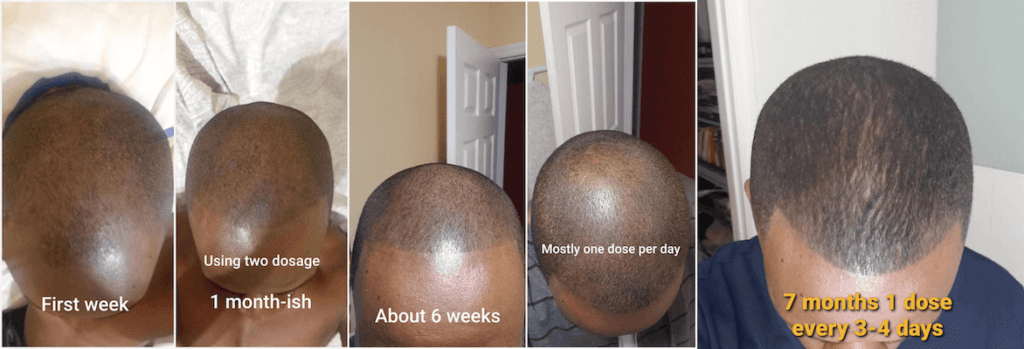
14 – Procapil
This is a unique blend of natural ingredients specially formulated to help with hair loss, and it’s clinically proven to slow down and prevent further hair loss.
It also comes in 2 different forms, either as a topical solution for male pattern baldness or as an oral pill that you can take on a daily basis.
It blocks the DHT mechanism that I explained above.
Both products work by nourishing the underlying cause of your unmanageable hair loss, so if you’re looking for something that will stop further thinning while improving your existing strands, then I would recommend this product.
15 – Finasteride
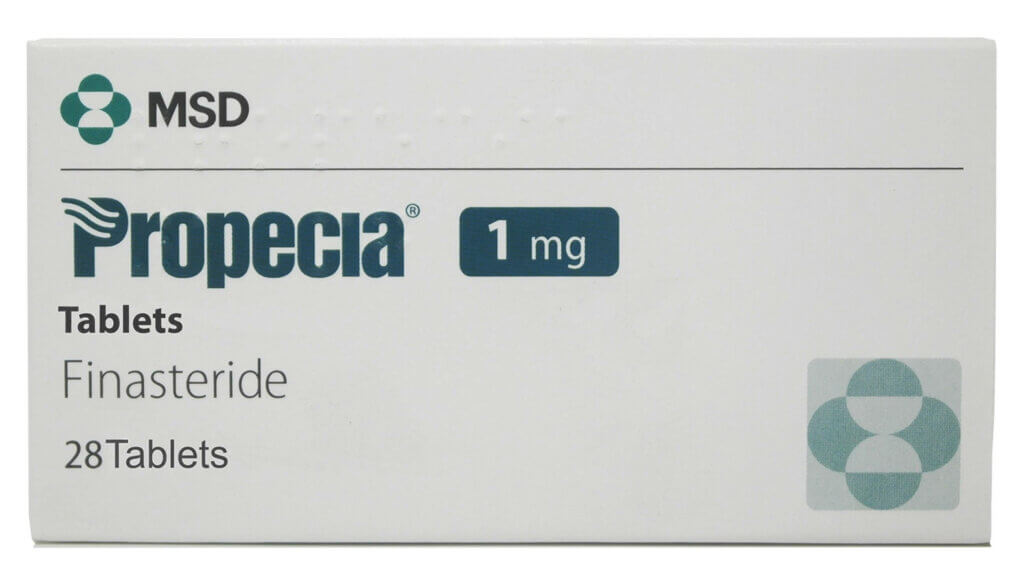
FDA-Approved Finasteride, also known as Propecia, is a popular drug used to treat male pattern baldness.
This medication comes in the form of a pill that you can take orally, and it’s been reported to work for over 83% of men who give it a chance.
For this treatment for hair loss to work, you need to take a pill every morning on an empty stomach because it has been found that taking Finasteride with food will significantly reduce its effectiveness.
In order for this treatment to be effective, you need to take it regularly for at least 3-6 months before seeing any results since hair loss doesn’t show up overnight, and neither does your new hair growth.
The medication has a rare chance to show some sexual side effects. However, they are mostly affected by the placebo effect and are easily reversible when you stop using the medication.
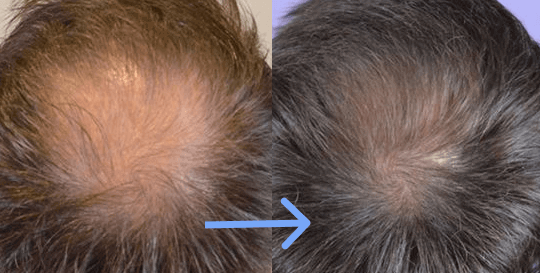
16 – Viviscal
Our bodies are constantly renewing themselves, including our hair follicles, but sometimes, this doesn’t happen as fast as it should.
Viviscal is a dietary supplement that contains marine proteins that support healthy hair growth by nourishing your existing strands and encouraging new ones to grow.
This product comes in the form of either a liquid or a powder, which you can take either on your own or with some water. And since it’s packed with high-quality ingredients, I would recommend getting the liquid version so you can get all of the benefits from this product.
17 – Prostaglandins
This is a new treatment that has been clinically proven to help with hair growth by activating your body’s natural process of producing prostaglandins.
These are small, naturally occurring molecules found in almost every cell in our bodies, and they can affect many conditions, including permanent hair loss.
Prostaglandins are produced by the adipose tissues, which are the same cells responsible for creating new hairs, so if you want to encourage your body to produce more of these molecules, then this might be what you’re looking for.
Now, this product comes in an injection form where it’s first injected into your scalp before being absorbed into your bloodstream. It will then cause your body to start producing more prostaglandins on its own through stimulating certain enzymes.
18 – Melatonin
Melatonin is a hormone your body releases when it’s time for you to sleep, which helps induce restful slumber, so if you have problems with insomnia, then I would recommend using melatonin.
This lovely substance has also been reported to stimulate hair regrowth, especially in people who suffer from alopecia areata, so feel free to give this one a try.
19 – Ketoconazole
Ketoconazole is an antifungal shampoo that’s been reported to help with hair growth by eliminating DHT buildup present on the scalp, which can contribute to hair loss.
This product comes in both forms, shampoo and cream, so make sure you choose the right one depending on your needs.
20 – Saw Palmetto
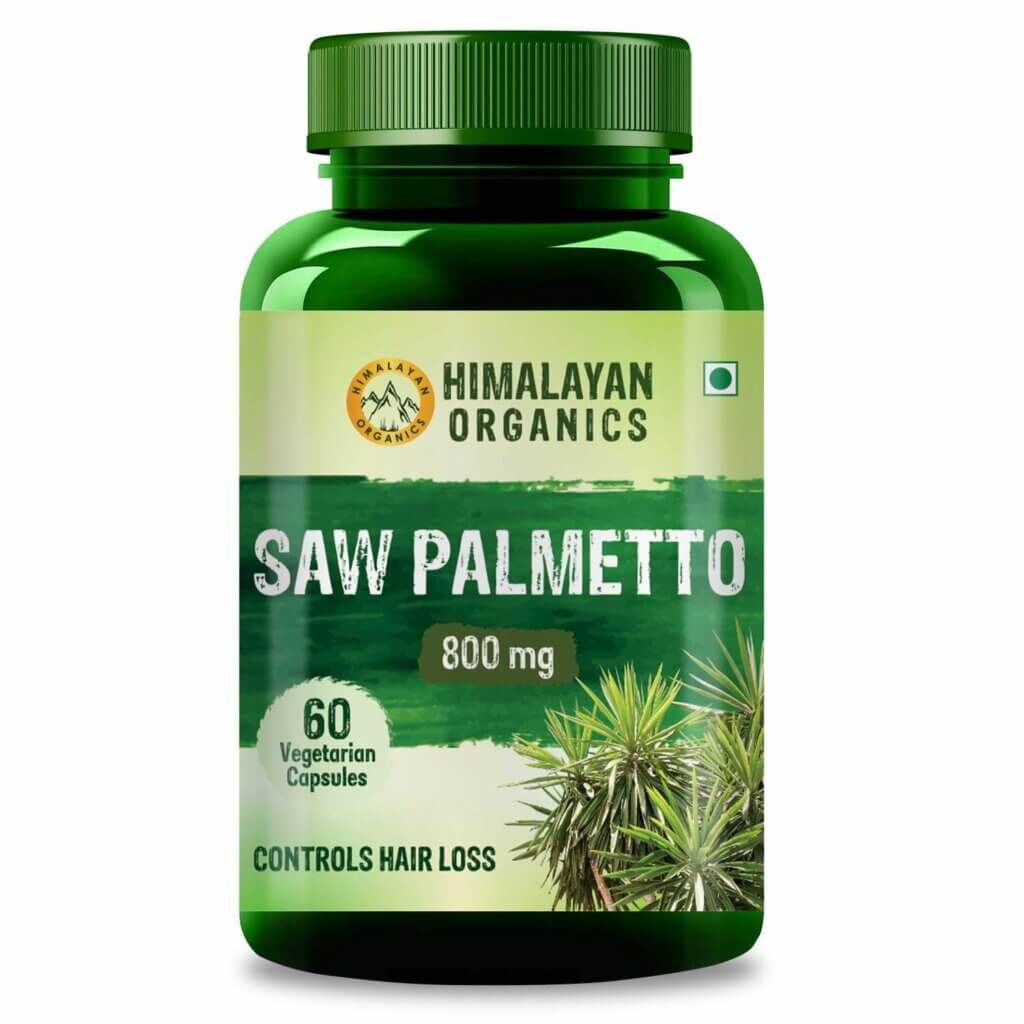
Saw Palmetto is a flowering plant that works by blocking the conversion of testosterone into DHT, so if you’re looking for something with natural ingredients, then this might be an excellent choice.
However, keep in mind that it takes time before you see any results because saw palmetto has to accumulate in your body first before working effectively.
21 – Dutasteride
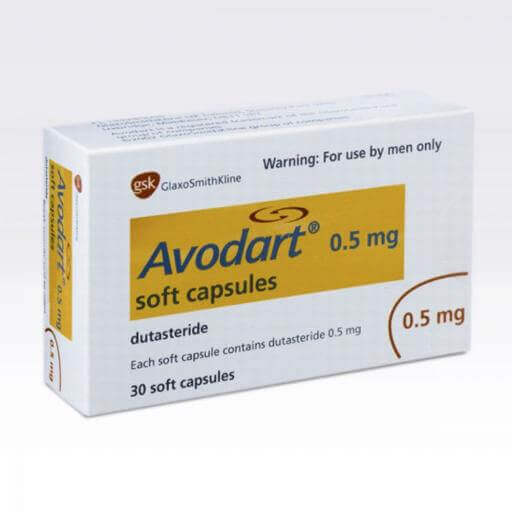
This one is also known as Avodart, and it’s an FDA-approved medication that helps with male pattern baldness by blocking the conversion of testosterone into DHT.
The only downside is that this treatment can cause some serious, irreversible side effects. So, if you have any pre-existing condition, then I would talk to your doctor about any negative interactions before starting this treatment.
22 – Valproic Acid
This is one of the more interesting treatments because it’s used to treat epilepsy, but some research has shown that it can potentially stop the enzyme 5-alpha reductase from converting testosterone into DHT, which then lowers your risk of suffering from male pattern baldness.
However, keep in mind that this treatment only works when you take it for at least 6 months since stopping suddenly might cause your body to return to its previous state.
23 – Collagen Supplement
Collagen is one of the most abundant proteins and composes one-third of all proteins in the body.
It gives hair, bones, ligaments, muscles, tendons, skin, teeth, and blood vessels elasticity and strength to stay intact. It acts like an adhesive.
The body can produce collagen protein, but taking a supplement gives it building blocks.
According to the research, the dermis layer of the skin is known to consist of a high percentage of collagen and gets quite strong with the collagen supplement. It is logical to deduce that strong and healthy skin generates thick and resistant hair grafts.
Collagen is also known to be an antioxidant that neutralizes free radicals harming hair follicles.
Its production slows down with age and decreases dramatically after 30, causing collagen levels in the skin and hair to drop, which weakens hairs. Oral collagen support is helpful to slow down this process.
Type 1 collagen is best for the skin, and it is pretty affordable and accessible (even without prescription in many countries). You can start taking a collagen supplement after consulting with your physician.
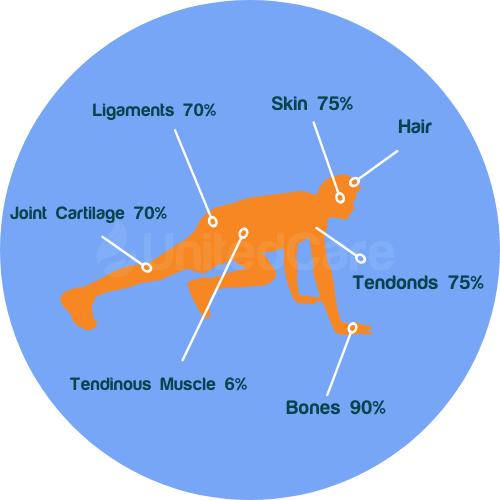
Surgical and Physical Treatments 🩺
Medications and supplements also boost your bodily functions to grow hair, and it should take some time to produce results.
And these results might vary, as they promise a certain amount of success, unlike some surgical and physical treatments.
So let’s take a look at these direct treatments that most consider as “last resort,” but experts and dermatologists agree should be regarded as effective primary solutions:
24 – Hair Transplant Surgeries
Hair transplantation is the most common and the most effective method on this list.
Every year, tens of thousands of male patients undergo hair transplants and achieve success to start the better part of their lives.
The high rate of success and the huge popularity of this method depends on two things:
1️⃣ Its background: Hair transplant is a widespread and effective treatment for hair loss that dates back to the 1950s. Over the years, many studies have hinted at its effectiveness, with millions of successful patients trying to prove its value.
2️⃣ Its effectiveness: The technique is simple and very mechanical; you extract hair from the better part of the scalp and implant it directly into the balding areas. Results are immediate and direct, and you get the exact hairline you’ve asked for almost 99% of the time.
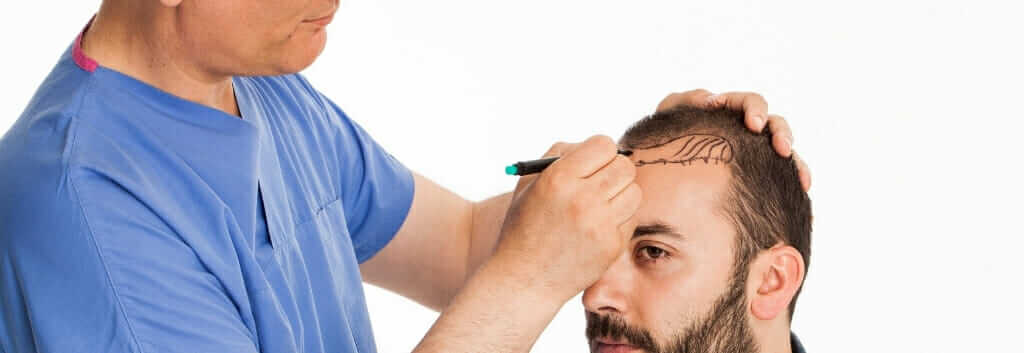
In a hair transplant surgery, whether it is FUT or FUE, as I’ve mentioned just now, your own hair is extracted, preferably from the back of your scalp, to be implemented into the thinning or balding areas.
For most, hair transplantation is a permanent solution that is done in less than 3 days (if you don’t take the post-operation care into account) with a one-time price, and the least risky one if you ask me as a dermatologist.
But beware: most clinics that do hair transplant surgeries are full of inexperienced and inattentive staff who do NOT follow up with patients post-hair transplant. Also, they do not take the physical and medical conditions of patients into consideration for hair transplant eligibility. These two reasons can cause hair transplant failures.
So I would suggest going with a clinic that has dermatologists operating hair transplant surgeries, like UnitedCare:
Choosing a clinic with an expert dermatologist at the site is crucial.
You can consult with UnitedCare’s dermatosurgeons right NOW to learn more:
25 – Growth Factors Injection
This treatment works in the earlier stages of your balding when most hair follicles haven’t been destroyed.
In the first stage, your own blood is used to create growth factors through a harvesting system. Then, these harvested growth factors are injected throughout your scalp area to promote hair growth.
As we’ve said, this will only work in the early stages of male and female hair loss and will slow down hair loss while promoting hair growth.
26 – Stem Cell Injections
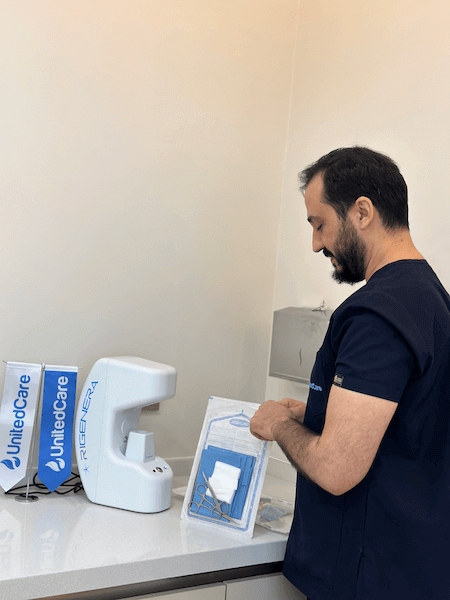
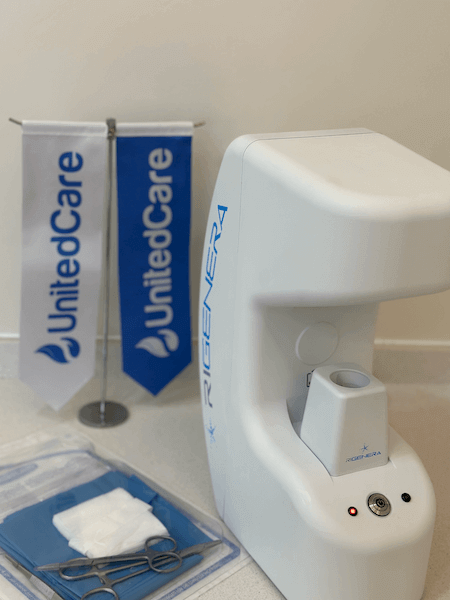
Stem cell injections are one of the latest innovations in the hair restoration industry.
The treatment is done with FDA-approved and CE-certified Regenera Activa AMT stem cell kits and centrifuge.
According to a 2017 study, a 29% increase in hair density was observed in the treatment zone (compared to 1% in the control zone) 23 weeks after the stem cell autologous micro-graft transplants.
These cells are from your own body’s hair follicles.
First, we use your blood to collect stem cells through a harvesting system. Later, we inject these stem cells into your scalp, where balding happens.
In addition to density, stem cells also slow down the loss of hair and promote new hair growth by strengthening your hair follicles. That’s why they are especially preferred in the early stages of hair loss.
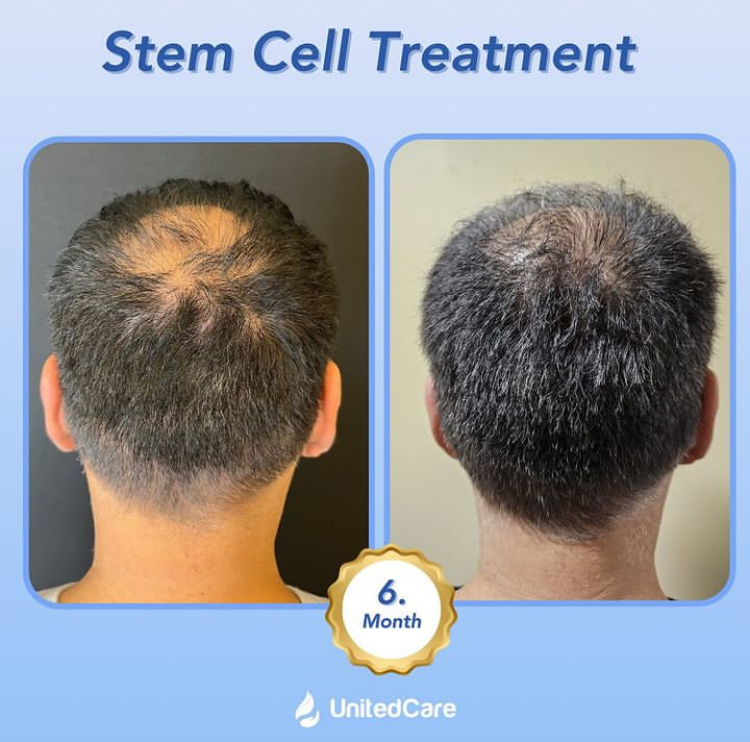
27 – Adipose Derived From Stem Cells
Adipose-derived stem cells are, as the name suggests, derived from adipose tissue, which is mainly made up of fat.
Once the stem cells are harvested from your adipose tissue, they’re then injected into your scalp multiple times over a year to promote hair regeneration naturally.
In a Japanese study, 100 patients, men, and women, from different stages of alopecia went through this treatment. They found that this method had no side effects and was somewhat effective in all patients.
The only downside would be the high number of treatments required to achieve a visible improvement.
28 – PRP (Platelet-Rich Plasma)
The body can heal itself naturally over time, and PRP fits into the same, best kind of treatment: It is 100% natural.
In this treatment, platelets, a component of blood that helps with healing, are derived from a patient’s blood. Then, this plasma is injected into your scalp, where hair loss happens.
According to a study, a reduction in hair loss is observed between the 1st and 4th PRP injection. As a result, the hair count increased by almost 30% in the participants.
A dermatologist can determine the number of injections required. Each injection is comparably low cost, making it a convenient treatment.
It is pretty safe since it is autologous (the blood of a patient is used in the procedure).
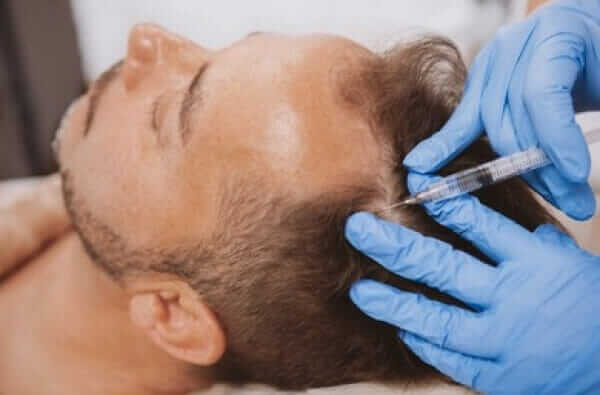
29 – Mesotherapy
In this treatment, a medical specialist injects your scalp with a mix of various nutrients, mainly made up of vitamins, minerals, and other agents related to hair growth.
It aims to combat hair loss by providing your hair follicles with the necessary nutrients and reversing the effects of DHT. However, as popular as mesotherapy is, there isn’t much-documented evidence regarding its effectiveness.
30 – Microneedling
In micro-needling, a roller with small needles is used on your scalp to create small injuries.
It is speculated that using this method will help release factors that promote hair growth and regenerate hair follicles. Since it creates openings in your scalp, micro-needling is often followed by a topical treatment such as Minoxidil.
However, there are numerous side effects involved, and documented results are limited.
31 – Laser Therapy
Laser therapy, also referred to as low-level laser therapy (LLLT), is a process where your scalp is exposed to laser beams, and photons are irradiated into your scalp area.
Compared to other hair loss and regeneration treatments, low-level laser therapy is often considered safer but takes much more time and frequent (up to several sessions a week) sessions to yield results.
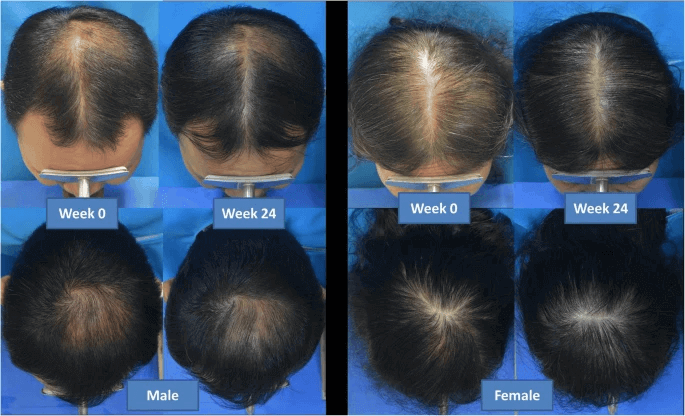
Different types of lasers can be used to promote hair growth:
Non-ablative Fractional 1550nm Er:Glass Laser:
“Non-ablative” lasers cause minimal damage to skin tissue, so non-ablative Er glass laser preserves skin surface while causing thermal injuries. It works to a depth of 0.4–2.0 mm.
Ablative Fractional 2940 nm Er:YAG Laser:
“Ablative” lasers destroy skin tissue to some extent. Ablative Er: YAG laser is a lesser-known laser for the treatment of hair loss and has only documented results in mice.
Ablative Fractional 10600 nm CO2 Laser:
The ablative CO2 laser is a more common laser type used for hair growth. A study conducted on 28 male patients with AGA showed that an Ablative CO2 laser is effective in hair restoration when followed by the topical treatment Minoxidil.
32 – LED Light Therapy
LED (light-emitting diode) lights, especially LED red lights, can also be used on the scalp to promote hair growth. However, they’re less potent than lasers and, therefore, less effective.
However, LED light therapy is much more affordable than laser therapies since the equipment for laser therapies is relatively expensive.
Also, laser caps work in the same principle as LED Light Therapy and LLLT and can be acquired online.
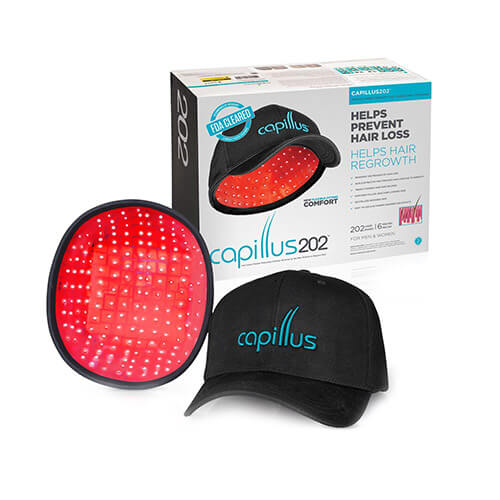
33 – Electrotrichogenesis
In Electrotrichogenesis, hair follicles are stimulated with rhythmic electric pulses from an electrostatic field.
A 1990 study has found that electrotrichogenesis proved 96% effective in promoting new hair growth or a complete halt to hair loss in the balding areas of the scalp.
A session of this treatment takes around 12 minutes and has to be done on a weekly basis for 9 weeks on average.
34 – Carboxytherapy
Carboxytherapy is the therapeutic application of CO2 gas, and for hair restoration, it consists of a direct injection of CO2 into the scalp area.
It is thought to improve circulation and oxygenation of the scalp.
A study conducted on 9 male patients has found carboxytherapy to be only 66% effective, which makes it a much less effective alternative to the more popular treatments of hair loss.
35 – Spironolactone
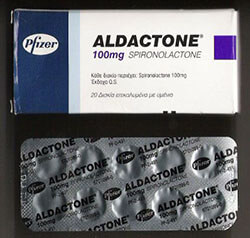
Initially, Spironolactone is an FDA-approved water pill that is normally used to reduce the amount of salt the body absorbs to keep potassium levels from getting too low.
However, the same regulating effect of the medication can also help other conditions, such as androgenetic alopecia.
In a recent study, the topical version of Spironolactone was tested out on 618 patients (65 men, 553 women) of all different ages by containing approximately 20 patients for almost every age.
👉 The findings of the study conclude that the use of Spironolactone is both an effective and safe treatment of AGA, which helps by enhancing the effectiveness of any conventional treatments, such as Minoxidil.
Furthermore, the study especially says that the newer topical version is so much safer than the oral version that it can even become an alternative to Minoxidil altogether.
So, What Should You Choose?
Everybody is unique, and the proper treatment for you totally depends on your case.
Without a dermatologist’s review of your scalp, it is impossible to make an inference and create a holistic treatment that will result in long-term success.
So, what are you waiting for? It’s getting worse every second. Preserving and thickening existing hair is much easier than growing new ones. ☘️
Get a FREE opinion of UnitedCare’s dermatologists before it’s too late:
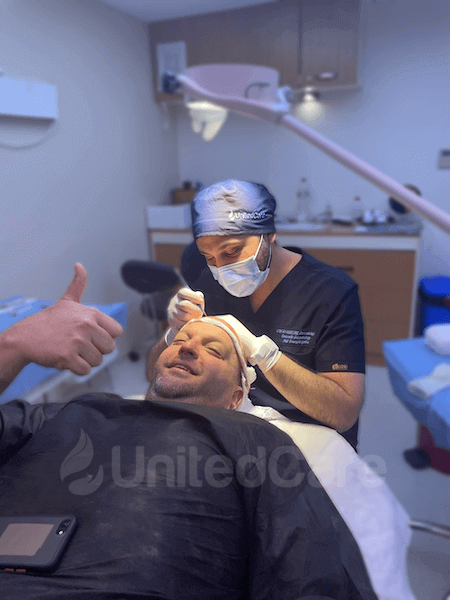
At UnitedCare, we begin your hair transplant process by offering you a free one-on-one consultation with our expert doctors to determine your suitability.
💊 If so, our holistic approach provides advanced technologies and bio-enhancements to ensure you do not need another surgery.
Once you have decided on a method, we begin the treatment with the utmost attention. 💉
But most importantly, we stay in contact with our patients even long after the surgery, ensuring that your transplant becomes permanent. 🍀
Affordable hair transplant costs, a holistic approach, and experienced dermatologists on-site are here to provide you with the right solution.
Ready to begin the journey? Click here to reach out for a FREE consultation:
Take the first step to restoring your lost hair before it is too late.
Schedule a call with our expert dermatologists and restore your natural look right now:
Frequently Asked Questions (FAQs)
Is it possible to regrow hair?
Hair follicles are responsible for new hair growth. The answer is yes if your hair follicles in bald spots are still alive and unclosed and do not have any diseases, such as Scarring Alopecia, which causes patchy hair loss. No, if they are dead or have scarring inflammatory diseases. In this case, hair transplantation is an option to restore the natural look after treating the disease.
What is the best treatment to regrow hair?
The best treatment for male and female pattern baldness is a proper combination of FDA-approved oral Finasteride, a Mediterranean diet, and regular exercise. Finasteride blocks DHT (a byproduct of testosterone), which causes hair follicles to shrink. The Mediterranean diet makes sure protein, carbohydrate, fat, mineral, and vitamin intake are enough and balanced. Regular exercise helps the scalp to get enough oxygen and nutrients and reduces stress.
What are home remedies for hair growth and thickness?
Massage is proven to increase hair thickness. You can apply gentle massage to your scalp with your fingertips every day for 5-10 minutes. In addition, you can make healthy eating a habit and consume eggs, olive oil, fruits, and vegetables every day. Finally, you can apply avocado, coconut, or aloe vera oil every day for 5-10 minutes.
How can I stop hair loss?
Everyone makes a huge list of todos to stop hair loss. However, everybody is unique, and a person may be losing precious time and head of hair trying to apply common treatments. The best thing to do to stop hair loss is to consult a dermatologist to understand the underlying causes, detect a type of hair loss, and get a personalized holistic treatment.
Here are some of the most important methods to fight hair fallout:
- Don’t pull your hair.
- Don’t apply chemicals, high heat, and unknown hair products.
- Watch your diet.
- Do hair massage.
- Use a proper shampoo to balance healthy scalp sebum.
- Consume supplements if necessary.
- Avoid alcohol and smoking.
- Do regular exercises.
- Always keep hydrated and watch your electrolyte balance.
- Use prescribed topical or oral Finasteride or Minoxidil if necessary.
Can you regrow hair once it’s lost?
It depends on how much your hair loss has progressed. If it’s in the early stages, you can even use simple natural remedies you can apply at home to slow and reverse the process. However, if your hair loss has been going on for a long time, regrowing hair from completely bald zones is not possible, as hair follicles cannot grow back. In those cases, your only reliable option is to apply for a hair transplant to implant new hair follicles in the balding zones for the hair to grow.
